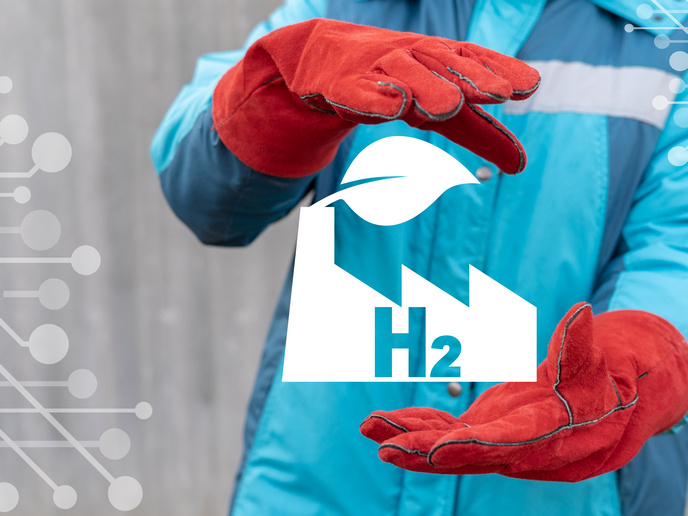Monitoring tool boosts Europe’s energy transition
The sustainability of Europe’s energy chain and the move away from fossil fuels depends in large part on the availability, reliability and cost-effectiveness of alternative sources of energy. While wind and solar power are becoming more ubiquitous, imbalances between supply and demand remain an issue. “You can have periods of nice sunny weather but low need for electricity,” says REACTT(opens in new window) project coordinator Đani Juričić from the Jožef Stefan Institute(opens in new window) in Slovenia. “What do you do with all this surplus of electrical energy? On other occasions, demand might be significantly higher than the energy offered by solar panels and the grid.”
Solid oxide electrolysis cell technology
Systems based on solid oxide electrolysis cell (SOEC) technology could play a key role here in addressing this imbalance. High-temperature electrochemical energy conversion processes use electricity to split water (and/or carbon dioxide) into hydrogen (and/or carbon monoxide) and oxygen, where the high operating temperature contributes to obtaining high efficiency. “Hydrogen can then be stored or directly used in industry for various industrial processes or transport,” explains Juričić. “The system can also be reversed, as the hydrogen can also be used to produce electricity through fuel cells, and thereby help in solving the supply-demand disparity.” While SOEC technology could play a key role in Europe’s energy transition(opens in new window), the research recently focused on more readily available energy innovations, such as alkaline and PEM electrolysers.
Monitoring, diagnostics and control functionalities
The REACTT project sought to boost the attractiveness and viability of SOEC technology by designing a platform that integrates monitoring, diagnostics and control functionalities. The goal of this was to improve efficiency, reliability and the lifespan of SOEC systems. “SOEC systems have been around for a couple of decades at the pilot stage,” says Juričić. “To commercially exploit this technology, a large number of issues still need to be sorted out, such as reliability.” At the moment, all system monitoring is done manually by operators. Automating the decision-making and introducing diagnostic and monitoring tools could allow SOEC stacks to work longer and more effectively. “We developed algorithms capable of adjusting operations according to needs,” explains Juričić. The project team tested their platform at three pilot sites. “Once we solved one problem, 10 more questions emerged,” adds Juričić. “This is the nature of pioneering technology. When we started, all we saw was the tip of the iceberg.”
Advanced SOEC control tools
Nonetheless, the consortium succeeded in developing advanced diagnostics and control tools for SOEC applications. The hardware, or “magic box” as Juričić calls it, provides operators with monitoring and diagnostic data that enables them to take swift action. “Operators need to know if the system is healthy, or if there is a problem,” he notes. “Early warnings enable them to organise shipments of spare parts, or to schedule upgrades, etc. As it stands today, an undetected problem can be fatal.” The project also developed hardware that ‘excites’ the stack to cause a reaction. By harvesting the response of the system, in particular the SOEC stack, to these disturbances, valuable information is obtained about its state of health. This enables operators to better understand what is happening inside the stack. Juričić hopes that the progress made in REACTT will eventually lead to market-ready products. “We developed a portfolio of solutions that could very soon be used in commercial settings,” he adds.







